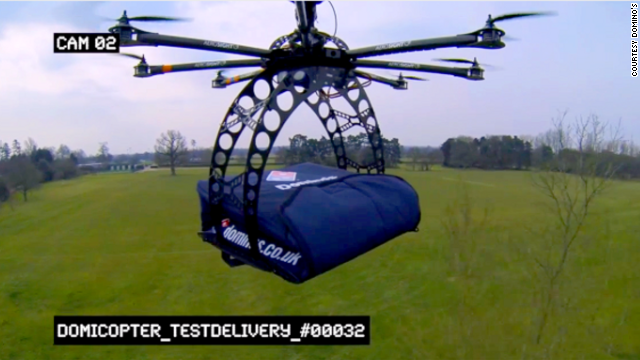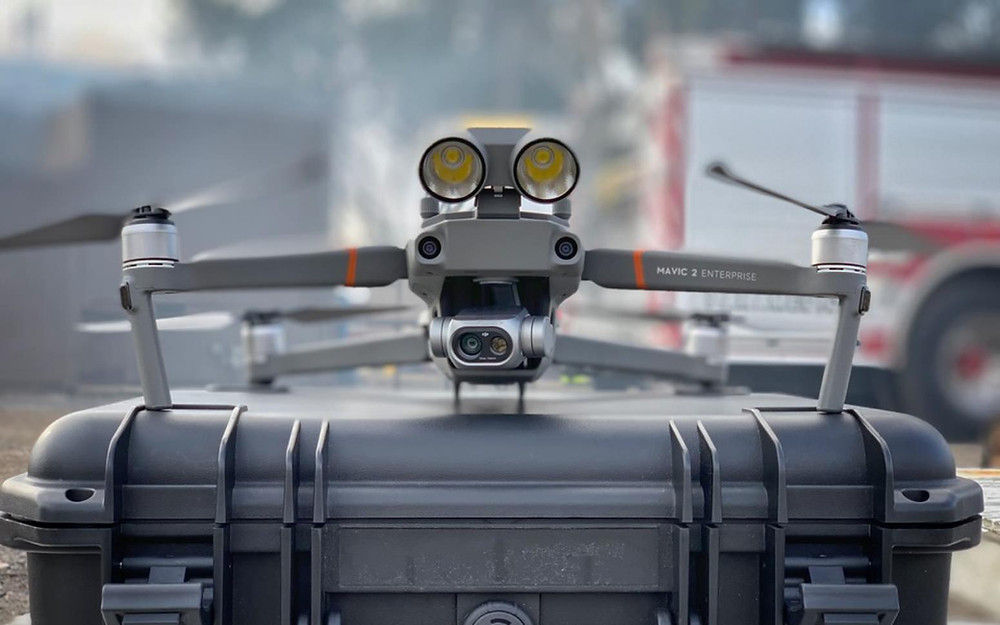
The drones that are used in a swarm can be highly effective for surveillance and reconnaissance. They can move through many layers of terrain and leave no debris behind. But their effectiveness may be compromised by adversaries who try to hack sensors or jam communications links. This article examines Perdix's and Halcon’s technology for swarming drones. Read on to find out more. However, drone surveillance's future is still far off.
Perdix drones
To demonstrate their swarming abilities, the US military released 103 Perdix drones to California. The tiny aircraft can fly in urban environments with a wingspan of just 30 cm. A group of these drones displays advanced behaviours including collective decision-making and adaptive formation flying. They can also learn from each other. These drones are capable of adapting to their environment through interaction with each other and creating large circles to protect their mission.
Halcon's aerial fleet for swarming drones
The CEO of Middle East defense conglomerate Halcon has unveiled its aerial fleet of spotting helicopters in a brand new video. The company's drones are based in the Hunter 2 series of unmanned aircraft vehicles. They communicate with each other to track and maintain positions and engage targets. Halcon claims that these drones have artificial intelligence which allows them to share information.

Yunzhou Tech sensor drones
A Chinese company has introduced new drone technology that could enable autonomous boats to intercept and destroy unwanted ships. These unmanned boats (called sensor drones) would use their collective intelligence, which could be used to exchange sensor data, and take autonomous decisions as a team. Similar systems could also be used in military applications such as a drone wall. Yunzhou Tech was one of the first Chinese companies that launched such a program.
Perdix's adaptive formation flying
Engineers at MIT have created a system to allow swarming drones communicate with one another and adapt to changes in the environment. Perdix drones have no leader and can gracefully adapt to new members. In fact, they can withstand minus ten degrees Celsius and a speed of Mach 0.6. According to researchers, Perdix drones can survive crashes in fast-moving aircrafts.
Perdix has self-healing abilities
Perdix, a drone firm, develops multi-copter drones. The drones were designed by students from MIT and have been around since 2013. They use adaptive logic and joint decision making to eliminate the need to control each individual. Perdix swarm costs less and is able to adjust to injuries or crashes. Additionally, its self-healing capabilities enable it to fly and compensate in case of loss. This allows the swarm to continue its mission without any compromise.

FAQ
Do drones fall under the control of the FAA?
The FAA supervises all aspects related to drone operations, including certification requirements and safety standards.
Are drones allowed on public events?
You can fly your drone anywhere you like, provided you adhere to the rules. However, if you plan to fly your drone during a public event such as a parade, festival, or concert, you will need approval from the event organizers.
Is it possible to buy a drone from overseas?
Many different drones are available online. Some people prefer buying their drones through Amazon, eBay, or Walmart. Others prefer to purchase their drones directly at the manufacturer.
Statistics
- According to the multiple listing service (MLS), houses and apartments with drone photographs are up to 68 percent more likely to sell than those without pictures. (thedroneu.com)
- According to Indeed, a drone pilot gets paid $25.73 per hour on average in the US. (dronesgator.com)
- According to ZipRecruiter, the minimum hourly wage of drone pilots is $20. (thedroneu.com)
External Links
How To
How To Fly Drones For Beginners
A drone is an unmanned aerial vehicle that can be remotely controlled and used for surveillance, aerial photography, film production, research, and other hobby purposes. Drones have been in use since World War II. DJI's Phantom series of quadcopters was the first to be commercially used. There have been many drones made since then. These range from beginner-friendly drones like Parrot AR Drone 2.0 to more advanced multi-rotor craft like DJI Mavic Pro.
You can fly a drone in many different ways, including:
-
Remote control – This is when you attach a device to your hand that allows you to control the drone's flight path. There are two main types for controllers: Joysticks or On/Off switches, which can be used to control the drone's flight path.
-
Manual Control- This allows you to control your drone remotely via GPS coordinates. You must keep track of the location where you want the drone to go and follow the instructions from the app.
-
Autonomous Flight: This means that the drone will take care of all the piloting. The drone is able to fly autonomously, without the need for human intervention. For the autonomous flight to occur, the drone must have a built-in camera and sensors capable of capturing images and data.
-
Triggered Flying - This method works in the same way as manual control. However, the pilot has to manually set up a route for the drone and it follows that route until reaching the endpoint. The drone automatically lands once the route has been completed and returns to the base.
-
Landing Gear – Some drones are equipped with landing gear, which allows them to safely land if they lose power during flight.
-
Goggles - Some pilots wear goggles to protect themselves from debris while operating.
-
Camera - You can capture photos and videos with your drone from the air.
-
Obstacles – Some drones have obstacle avoidance systems that stop them from colliding with obstacles.
-
Speed - Some drones can travel at speeds over 40 mph.
-
Battery Life: Most drones have a battery life of between 20 and 30 minutes depending on how many power sources you use.
-
Some drones have a range of up to 30 miles, depending on their model.
-
Power source – Some drones require external power sources, others require internal batteries.
-
Weight - Some drones weigh less than 1 pound, whereas other models weigh up to 4 pounds.
-
Size - Drones can range in size from tiny devices that can fit in your palm to heavy crafts that weigh 50 pounds.
-
Price - All drones fall within a specific price range, from high-end models that can cost thousands of dollars to lower-cost options starting at $100.